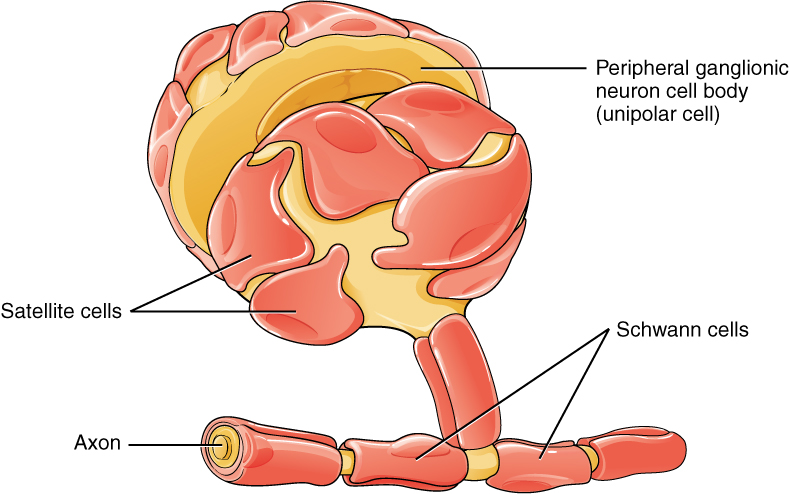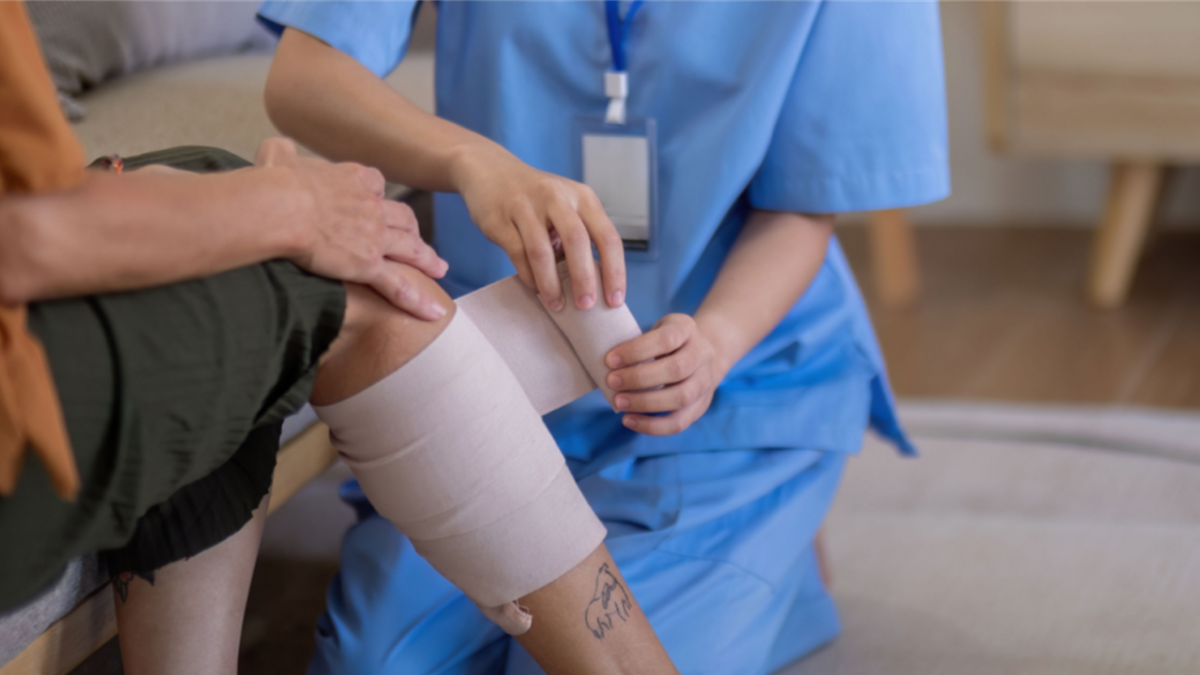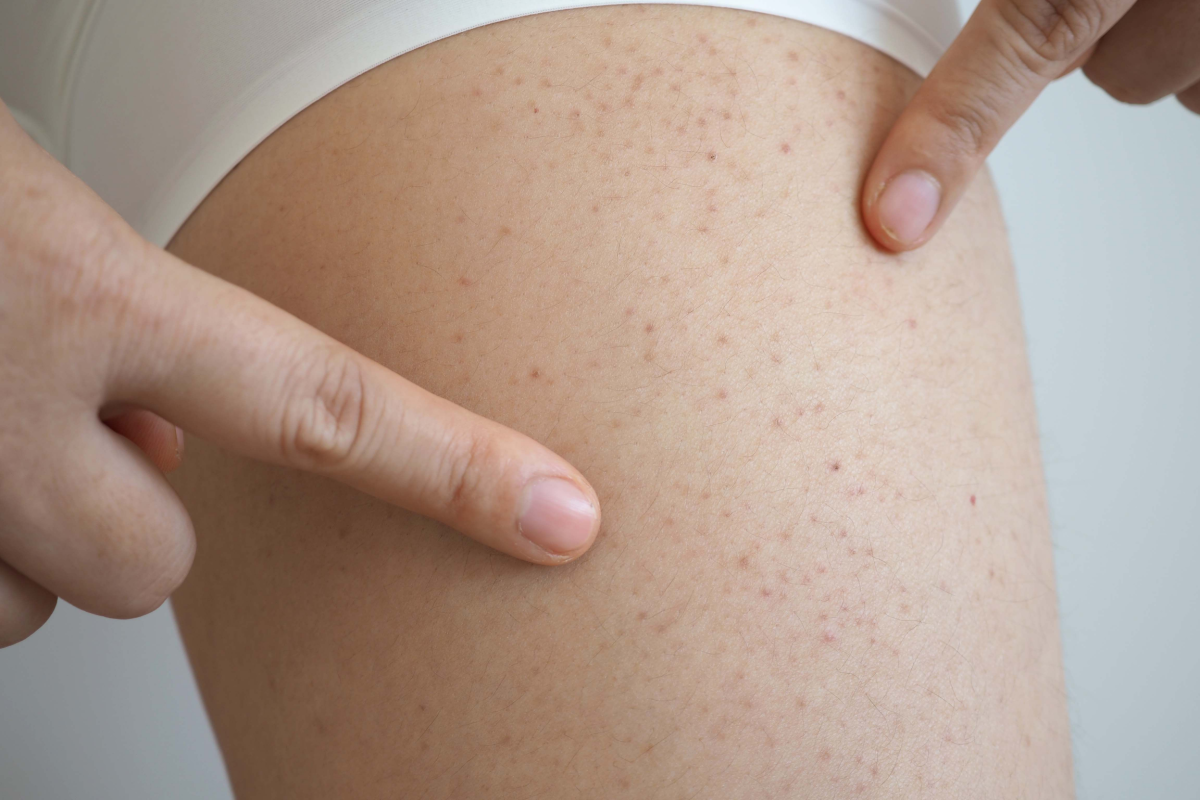Researchers at the University of Newcastle in the UK have successfully differentiated human skin cells into a cell type integral to nerve support and repair processes. The scientists used a mix of small molecules to generate pure cultures of Schwann cells – a cell known to aid neuroregeneration through a number of mechanisms including secretion of neurotrophins, and chemotactic factors.
Motoharu Sakaue in collaboration with Maya Sieber-Blum, Professors of Stem Cell Sciences at the Institute of Genetic Medicine in Newcastle, explored the possibility of generating Schwann cells as an alternative to current nerve repair treatments. Patients with peripheral nerve damage are currently treated using nerve grafts which has numerous disadvantages, one of which is the risk of further nerve damage.
The researchers were able to isolate undifferentiated stem cells from skin and expose them to small molecules causing them to differentiate into Schwann cells. “We observed that the bulge, a region within hair follicles, contains skin stem cells that are intermixed with cells derived from the neural crest – a tissue known to give rise to Schwann cells. This observation raised the question whether these neural crest-derived cells are also stem cells and whether they could be used to generate Schwann cells” said Sieber-Blum. “We then used pertinent small molecules to either enhance or inhibit pathways that are active or inactive, respectively, in the embryo during Schwann cell differentiation” she said.
The resulting Schwann cells were found to be pure, with characteristic morphological traits of this cell type. The cells also expressed known Schwann cell markers and when exposed to nerves, these cells were able to interact in vitro. “The next step is to determine, for example in animal models of peripheral nerve injury, whether grafts of these Schwann cells are conducive to nerve repair” say the Sakaue and Sieber-Blum.
The methods used in this study could be used in the future to generate large populations of Schwann cells capable of aiding in the repair of peripheral nerve damage.
Sources:
- Sakaue, M. and Sieber-Blum, M. (2015). Human epidermal neural crest stem cells as a source of Schwann cells. Development. 142, 1-10.
- It takes a lot of nerve: Scientists make cells to aid peripheral nerve repair – http://medicalxpress.com/news/2015-08-lot-nerve-scientists-cells-aid.html












Join or login to leave a comment
JOIN LOGIN